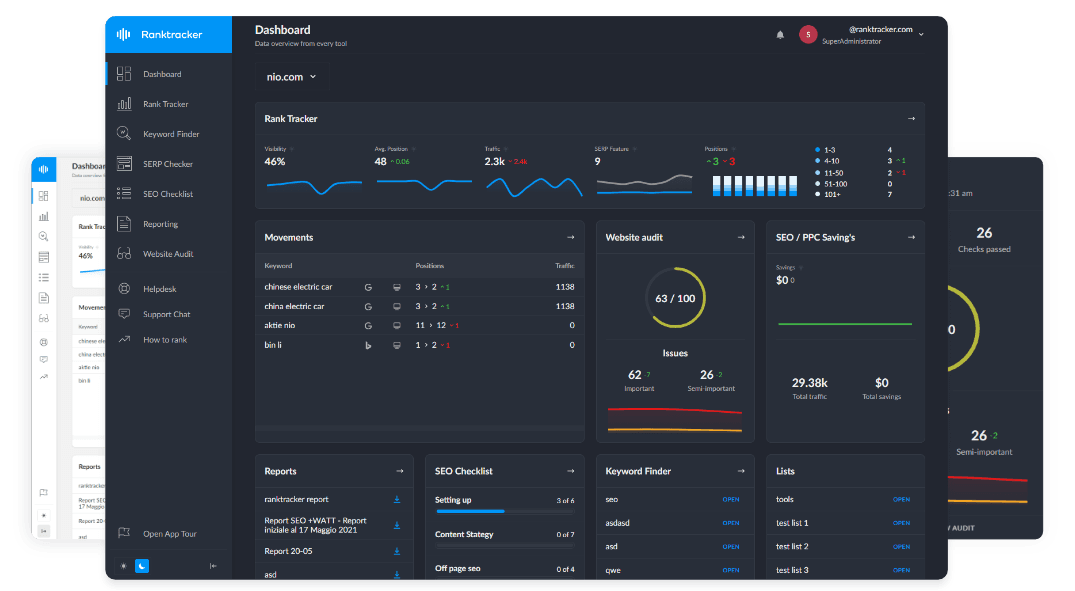Intro
From digital banking to healthcare, ride-hailing to eCommerce, today’s users are handing over more than just data — they’re handing over their digital identities, expecting one simple thing in return: Don’t let it fall into the wrong hands.
But here’s the problem — Cyber threats aren’t just evolving. They’re mutating faster than most businesses can react. AI-powered phishing, zero-day exploits, fake app clones, session hijacking — the battlefield is messy, and the stakes? Unforgiving.
And yet, amid this chaos, one group is stepping up with clarity and precision: US-based mobile app developers.
Armed with a mix of regulatory awareness, forward-thinking architecture, and security-first design, they’re not just patching problems — they’re redefining what secure-by-design really means in a post-trust digital age.
In this blog, we’ll explore how US developers are meeting 2025’s toughest mobile app security challenges — not reactively, but proactively, and why global brands are turning to them to build trust at scale
Growing Trends in Mobile App Security Challenges in the US
1. AI-Powered Threats Are Getting Smarter and Scarier
Cyber attackers are no longer human. In 2025, threat actors are using AI to do what used to take teams of hackers days — in seconds. Phishing attempts now mimic user behavior down to swipe patterns. Deepfakes are being used to bypass facial recognition. Malicious bots simulate real users so well, your app’s defense can’t tell the difference.
And in the US — where apps often deal with sensitive data like health records, financials, and identity — this is no longer a hypothetical risk. It’s happening daily. The trend? Security teams aren’t just hiring ethical hackers anymore. They’re hiring data scientists to build AI defenses that evolve in real time.
2. Zero Trust Is No Longer Optional — It’s the Default
Remember the days when once you logged in, the app assumed you were “safe”? Yeah, those days are gone. The rise of remote work, multi-device usage, and edge computing has forced US developers to adopt Zero Trust Architecture (ZTA) as a baseline.
The All-in-One Platform for Effective SEO
Behind every successful business is a strong SEO campaign. But with countless optimization tools and techniques out there to choose from, it can be hard to know where to start. Well, fear no more, cause I've got just the thing to help. Presenting the Ranktracker all-in-one platform for effective SEO
We have finally opened registration to Ranktracker absolutely free!
Create a free accountOr Sign in using your credentials
Now, every access point, every session, every API call is re-evaluated and re-authenticated — even inside your own app. It may sound paranoid, but in a world where one compromised endpoint can take down an entire infrastructure, paranoia is the new best practice.
3. Compliance Is Evolving Faster Than Codebases
Being US users, one is no longer merely confronted with federal laws but a state-by-state patchwork of changing data protection directives: CPRA of California, Colorado's Privacy Act, Virginia's CDPA, and now proposed regulations for biometric data and AI model transparency.
Such challenges mean holding your app legally safe while the pace of development does not undergo slowing down. This is where developers and product teams in the US have started integrating compliance considerations into their workflows, use automated tools to check for privacy conformance, and engineer applications that are "compliant by default" across all layers of logic.
4. APIs Are a New Type of Attack Surface
Modern applications are no longer monoliths. They are API-oriented and those APIs are being targeted. Per recent US security reports, API abuses are among the fastest-growing threats. Why? APIs can expose backend logic, tie into third-party services, and just skip over security audits.
The trend is: US developers are doubling down on using API gateways, real-time threat analytics, rigorous token authentication, and granular access control over every endpoint. By 2025, "set it and forget it" shall become a phrase of the past. Every API that exists must be discovered, secured, and monitored indefinitely.
5. Human Error Will Still Be the Weakest Link
Obstruction doesn't creep up with complex zero-day exploits most of the time. It's that someone actually forgets to rotate credentials. Or choose 'admin123' as a password instead of a strong handful of characters. Or copies his API key to GitHub.
The bigger the complexity of enterprise app stacks in the US gets, the bigger the challenge becomes in securing the people who architect and maintain these apps. Hence, the education of developers, internal threat simulation, and automated secret scanning really are a must for mobile app projects.
How US Developers Are Solving Current Mobile App Security Challenges
1. Security by Design — Not as an Afterthought
In 2025, security can’t be something you bolt on at the end. And US developers? They’ve fully embraced that. From the very first sprint, security is treated as a core product feature, not a checklist item. Threat modeling, secure architecture planning, and zero-trust principles are embedded into the development process, right alongside UI design and user flow planning.
This shift from reactive to proactive thinking is what’s making a real difference. It’s not about avoiding risk at the end — it’s about designing with risk in mind from the beginning.
2. Mastering the Regulatory Maze with Local Expertise
From GDPR’s evolution to California’s CPRA, to new AI-related data laws in the US and ethical-use policies in Asia, it’s a moving target. But US-based developers are well-positioned because they’re already operating inside some of the most tightly regulated digital ecosystems.
They know how to bake compliance into code, and they build infrastructure that doesn’t just “pass audits,” but actively protects the business reputation. For global brands looking for compliant, privacy-forward digital products, this deep-rooted familiarity with regulation is why many still choose to work with mobile app development services rooted in the US.
3. Next-Level Authentication That Doesn't Break the Experience
We’ve come a long way from passwords and PINs. Today, security needs to be seamless, not suffocating — and US developers are leading that balance. They’re built with biometric authentication, passkeys, behavioral recognition, and AI-driven risk scoring to secure user access without creating friction.
The All-in-One Platform for Effective SEO
Behind every successful business is a strong SEO campaign. But with countless optimization tools and techniques out there to choose from, it can be hard to know where to start. Well, fear no more, cause I've got just the thing to help. Presenting the Ranktracker all-in-one platform for effective SEO
We have finally opened registration to Ranktracker absolutely free!
Create a free accountOr Sign in using your credentials
A user in New York can log in with a fingerprint. A user in Dubai? With a retina scan or device proximity. No clunky forms. No forgotten credentials. Just fluid security that adapts to real-world usage.
4. Tackling AI-Powered Threats With AI-Powered Defense
2025’s attackers aren’t sitting in basements anymore. They’re deploying machine learning, automation, and deepfake engines to mimic users, breach systems, and scale attacks like never before. So, US developers have leveled up — using AI to fight AI.
The All-in-One Platform for Effective SEO
Behind every successful business is a strong SEO campaign. But with countless optimization tools and techniques out there to choose from, it can be hard to know where to start. Well, fear no more, cause I've got just the thing to help. Presenting the Ranktracker all-in-one platform for effective SEO
We have finally opened registration to Ranktracker absolutely free!
Create a free accountOr Sign in using your credentials
By integrating real-time threat detection, anomaly tracking, and predictive breach analytics, they’re creating apps that learn from attack patterns in real time. Your app doesn’t just get smarter with use — it gets safer, by default. That’s the kind of forward-looking security mindset businesses can’t afford to skip anymore.
5. Custom Security for Custom Business Needs
Not all apps are built the same, so why treat security like a one-size-fits-all patch? What sets a leading custom mobile app development company in the US apart is its ability to tailor security based on your product, your users, and your industry.
A fintech app handling high-value transactions? That needs end-to-end encryption, fraud analytics, and secure APIs. A telehealth app storing sensitive medical records? That needs HIPAA-grade compliance, secure video streams, and role-based access control. US developers don’t guess. They study your risk surface and engineer precision-grade protection — layered, scalable, and industry-specific.
6. Securing the Full Lifecycle — Not Just the Launch
Here’s something often overlooked: Security isn’t static. And US-based development teams are solving for this by offering ongoing monitoring, pen-testing, patch management, and post-deployment security updates as part of a continuous delivery cycle.
They think like a security team, act like product owners, and build like partners — So your app doesn’t just launch securely, it stays secure as threats evolve. This long-game approach is why global companies are now prioritizing security-first partnerships over just “getting it done fast.”
Final Thoughts
In 2025, your app’s greatest feature isn’t how fast it loads or how sleek it looks. It’s how confidently a user can trust it, without even thinking about it. And that’s exactly what top US developers are mastering: they’re reimagining how safety, design, and usability coexist in the same breath.
Because in this new digital era, every tap, login, and transaction is a silent vote of trust. And users have no patience for anything that feels unsafe. So if you're building for scale, building for growth, building for impact —start by building trust at the core.

